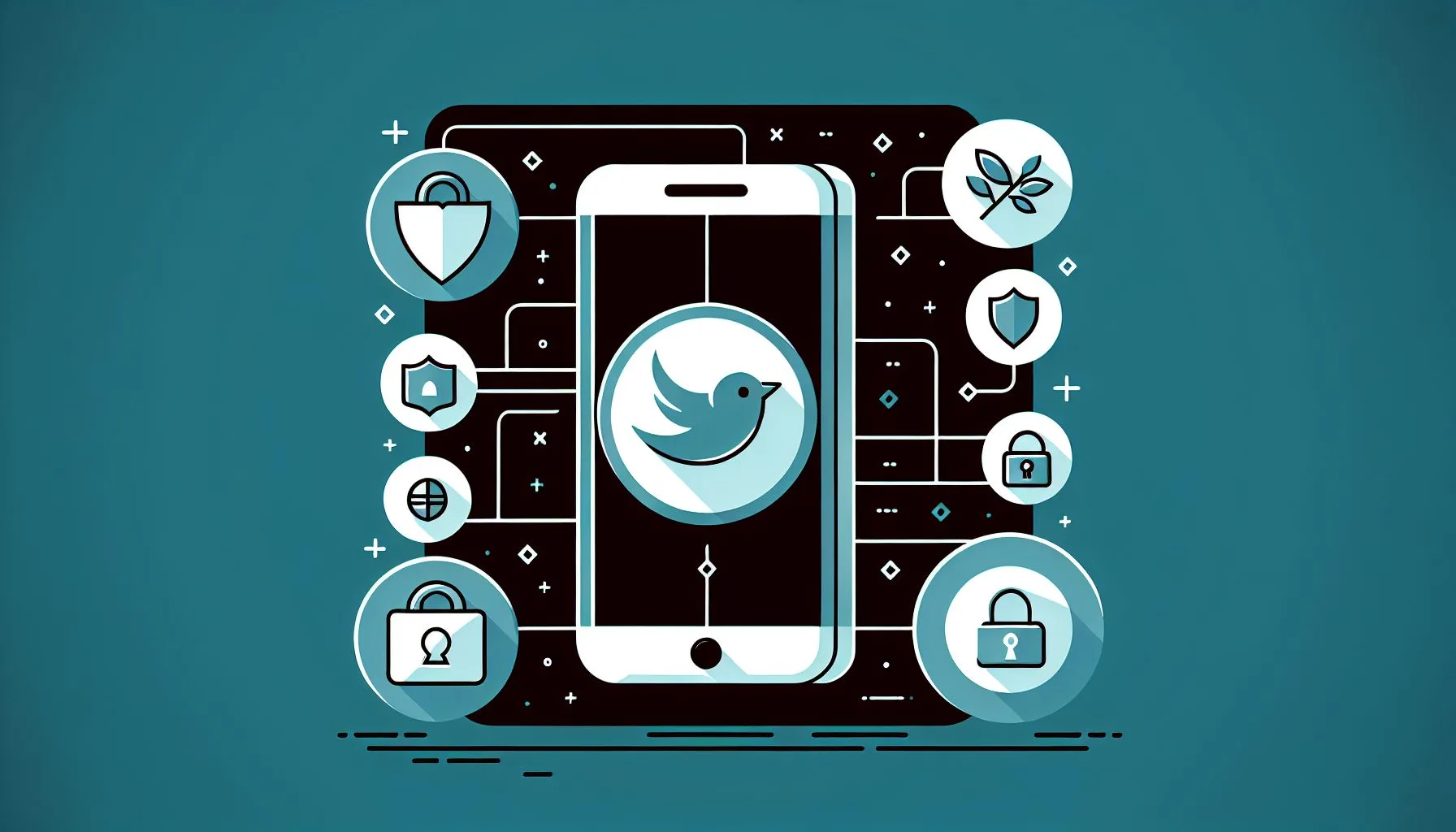Interesting Facts
Have you ever wondered how to remove your Twitter account�94whether just signing out on one device, removing it entirely from your phone, or deleting it permanently? You�27re not alone. With Twitter�27s recent changes and its transformation into �22X,�22 the process can be confusing. But understanding the difference between signing out, removing an account from your device, and deactivating it helps you maintain control of your online presence and digital footprint.
Understanding the Difference: Signing Out, Removing, and Deleting a Twitter Account
Signing out simply disconnects your profile from a specific device temporarily. Your account and all its data remain intact on Twitter servers, allowing you to log back in anytime without loss.
Removing a Twitter account from a device deletes saved login data like usernames and passwords locally on that device. The account still exists online, but you�27ll need to log in again on that device.
Deactivating a Twitter account is a formal process that initiates permanent deletion. After deactivation, Twitter hides your profile, and after a 30-day grace period, the account is deleted permanently�94though some cached data may remain longer.
How to Sign Out of Twitter on Different Devices
To sign out on the mobile app, open Twitter, tap your profile or menu icon, go to �22Settings and privacy,�22 then �22Your Account,�22 and select �22Log out.�22 Confirm to sign out immediately.
On desktop, click �22More�22 in the left menu, then �22Log out @yourusername�22 at the bottom. Confirm to log out; next time you must enter credentials to access again.
Signing out protects your privacy on shared devices by temporarily ending your access without deleting data.
How do I remove accounts in Twitter?
Removing Twitter Accounts Saved on Your Device
Merely signing out does not clear all credentials. To fully remove your Twitter account data from a device:
For iPhones: Go to �22Settings�22 > �22Passwords & Accounts�22 (or �22Mail�22 / �22Contacts�22 on newer iOS versions). Locate Twitter and tap �22Delete Account�22 to erase stored passwords and tokens.
For Android devices: Access �22Settings�22 > �22Accounts�22 or �22Users & Accounts�22, find Twitter, and tap �22Remove Account.�22 This stops automatic login and clears locally stored data.
This step helps ensure your login info isn�27t accessible on devices you sell, share, or no longer control.
Deactivating and Permanently Deleting Your Twitter Account
To permanently delete your Twitter account, start by deactivating it:
- Log into your Twitter account via app or website.
- Navigate to �22Settings and privacy�22 > �22Your Account�22 > �22Deactivate your account.�22
After deactivation, your account is hidden. If you don�27t log back in within 30 days, Twitter deletes your data permanently. Beware that some data, like Direct Messages, may persist longer due to policies. Also, revoke any third-party app permissions before deactivation to cut all ties.
Common Issues When Trying to Remove or Delete Twitter Accounts and How to Solve Them
Many users face hurdles such as sessions not ending, security restrictions on deactivation, or forgotten passwords. Here�27s how to tackle them:
- Stubborn Logouts: Clear Twitter app cache on Android, reinstall the app on iOS, or clear browser cookies on desktop to force log out.
- Deactivation Restrictions: Wait a few days post password change or resolve ad billing issues; ensure two-factor authentication is active.
- Stored Credentials Persisting: Manually remove saved passwords on devices and browsers.
- Forgot Password: Use the �22Forgot Password?�22 link to recover access or reach out to Twitter support if all else fails.
Tips for Managing Multiple Twitter Accounts on the Same Device
If you juggle several accounts, add them via the app menu and switch without logging out. To remove an account, log out specifically from that profile settings without disturbing others. Keep track of your two-factor authentication and recovery info to maintain security across accounts.
Reflecting on Why You Might Want to Remove or Delete Your Twitter Account
Removing your account can mean reclaiming privacy, reducing distractions, or starting fresh digitally. Always back up data you want to keep before deactivation. Consider your digital footprint carefully and act intentionally to protect your personal information and online experience.
Final Thoughts
Whether you simply want to log out, remove your account from devices, or permanently delete it, understanding the differences and impacts is key. Logging out disconnects temporarily, removing clears stored info locally, and deactivation initiates permanent erasure on Twitter�27s servers.
Take control of your social media boundaries wisely. If you�27re ready to manage your digital presence more effectively, don�27t hesitate to explore more helpful resources and services that support you in this journey. For example, you can learn more about how to register on viralaccounts.com and the services they offer.
How to delete your Twitter account: A comprehensive guide is also a helpful resource to explore the permanent deletion process in detail.
What is the difference between signing out and deactivating a Twitter account?
Signing out simply disconnects your account from a device temporarily without deleting any data. Deactivating starts the process for permanent deletion after a 30-day grace period.
How can I remove Twitter accounts saved on my phone?
On iPhones, delete Twitter from “Passwords & Accounts” in settings. On Android, remove Twitter under “Accounts” in device settings. This clears saved login credentials locally.
Can I recover my Twitter account after deactivation?
Yes, you have a 30-day grace period after deactivation during which you can log back in to reactivate your account before permanent deletion occurs.

